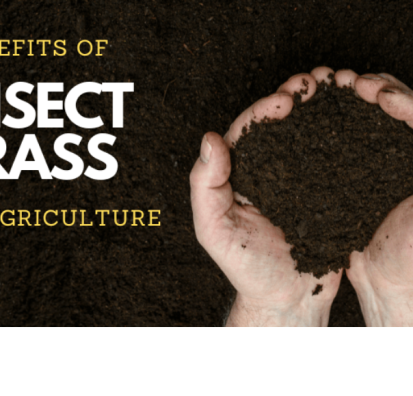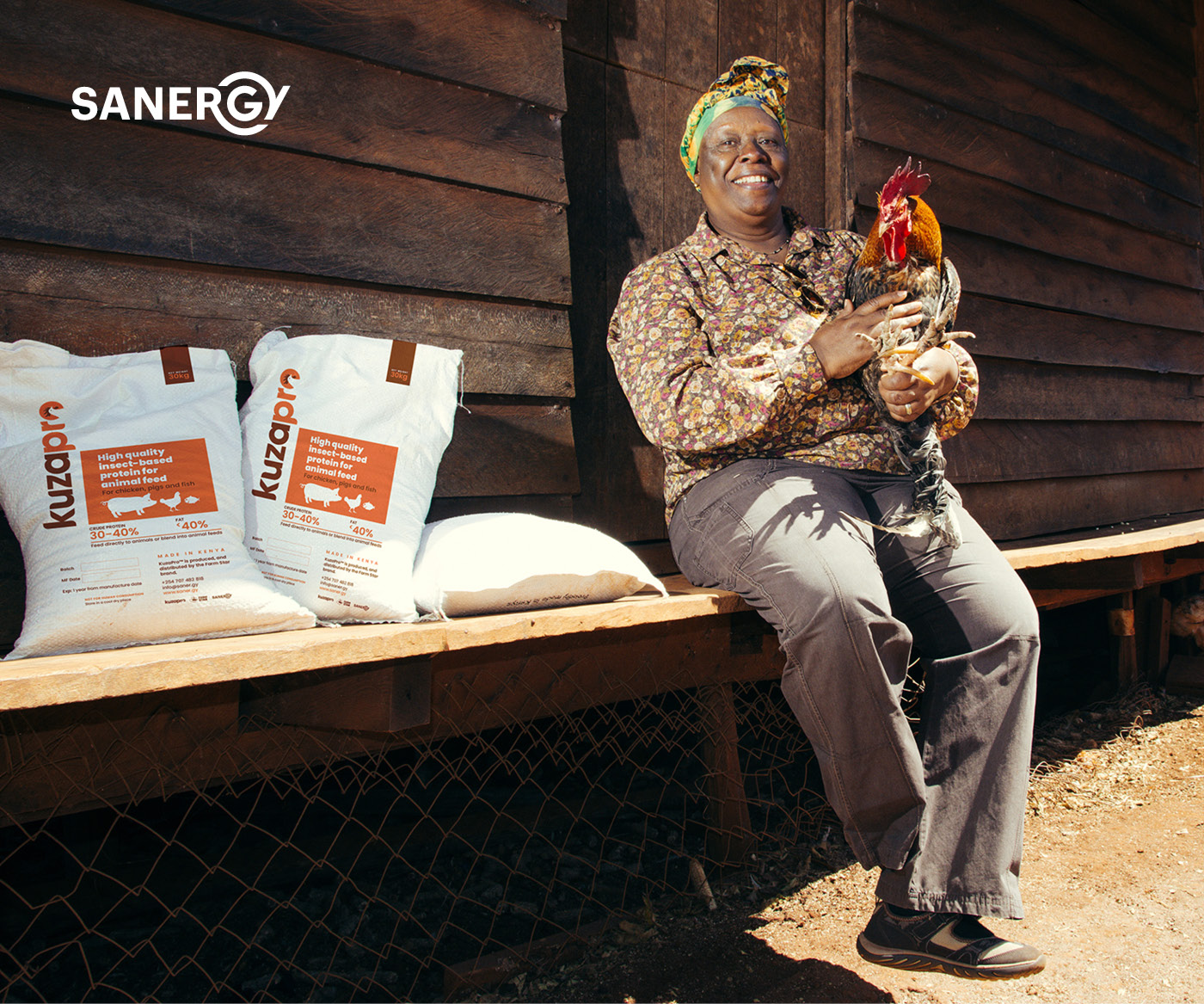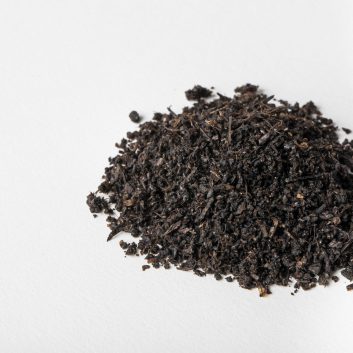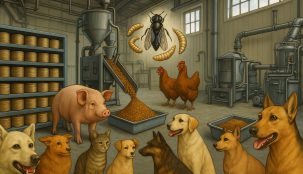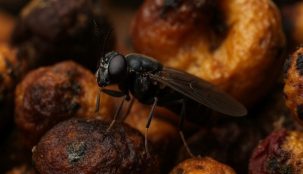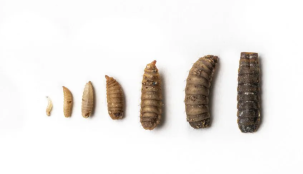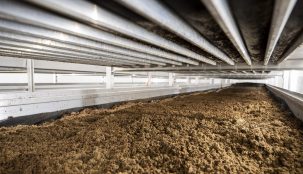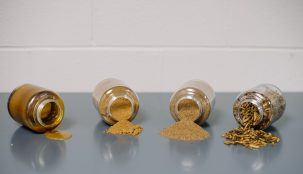Black Soldier Fly Larvae: A Climate-Friendly Solution for Organic Waste
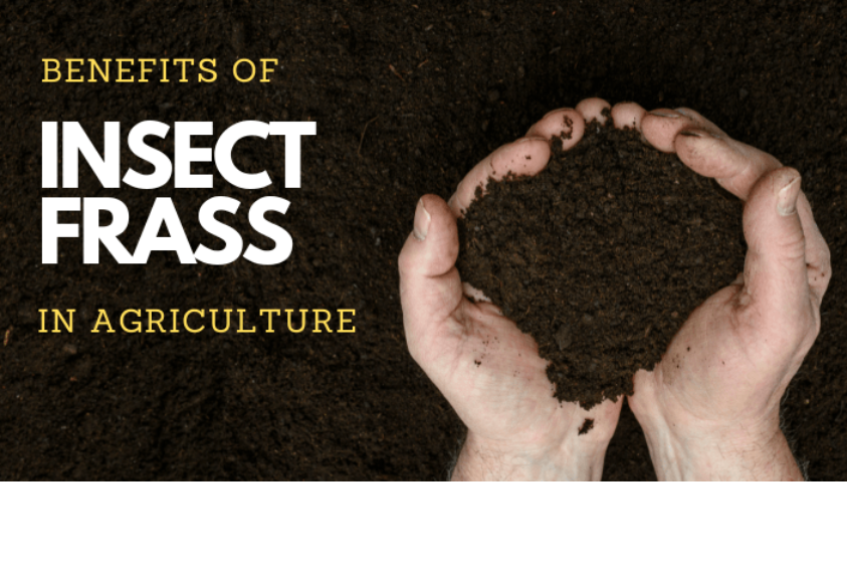
In a world where food waste and greenhouse gas emissions continue to rise, the humble Black Soldier Fly larvae (BSFL) offer a surprisingly powerful solution. Not only can these insects transform organic waste into valuable resources, but they do so with a remarkably low environmental footprint. Recent research highlights just how effective BSF larvae can be—especially when compared to traditional composting methods.
At the heart of this discovery is a detailed study conducted in Indonesia, where organic waste is a major environmental challenge. Researchers set out to understand the global warming potential (GWP) of BSF waste treatment by measuring greenhouse gas emissions such as methane (CH₄) and nitrous oxide (N₂O). These gases are known for their significant impact on climate change.
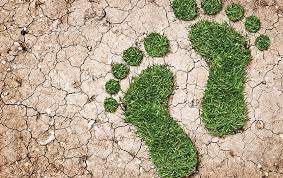
The results were clear:
BSF treatment dramatically reduces emissions. Methane levels were 47 times lower than those released during conventional composting. Overall, the carbon footprint of BSF treatment was about 35 kilograms of CO₂-equivalent per ton of waste, compared to 111 kilograms for composting.
But that is not the only advantage. Another study compared how BSF larvae and microbes break down organic material. While microbes took 45 days to compost the waste, BSF larvae did it in just seven. They also produced 70% less CO₂ and stored a substantial portion of the carbon in their own bodies—as protein, fat, and chitin. These substances can be harvested and used in animal feed, cosmetics, or even bioplastics.
What makes the process even more interesting is its circular potential.

By replacing traditional, imported fishmeal with BSF larvae meal, we can reduce emissions even further—by up to 30%. That is because fishmeal production and transport are highly resource-intensive and often contribute to overfishing. BSF-based feed offers a local, sustainable alternative.
However, to make the most of BSF technology, there are still areas for improvement. For example, how we treat the leftover residue after the larvae have done their job matters a lot. Composting this residue still contributes to emissions. Using anaerobic digestion instead could lower the impact significantly. Also, the electricity used during processing plays a key role—especially in countries where fossil fuels still dominate the grid.
Despite these challenges, the operational benefits are hard to ignore. BSF larvae can consume up to 80% of organic waste in less than two weeks, and their movement naturally aerates the waste, reducing harmful gas emissions even further. It is a simple, scalable solution with massive potential—particularly in regions that struggle with waste management infrastructure.
The Bottom Line
Black Soldier Fly larvae are more than just an interesting insect—they are a climate-smart waste management tool. They help cut emissions, turn waste into valuable resources, and support more sustainable food and feed systems. With further investment in technology, better residue management, and support for insect-based products, BSF could play a key role in building a cleaner, more circular future.
Want to learn more about BSF farming or how insects are shaping the future of food and waste?
Join us at Insect School—where science, sustainability, and insects come together.
Mertenat, A., Diener, S., & Zurbrügg, C. (2018). Black Soldier Fly biowaste treatment – Assessment of global warming potential. Waste Management, 84, 173–181. https://doi.org/10.1016/j.wasman.2018.11.040
Perednia, D. A., Anderson, J., Rice, A., & Permetia Envirotech, Inc. (2017). A Comparison of the Greenhouse Gas Production of Black Soldier Fly Larvae versus Aerobic Microbial Decomposition of an Organic Feed Material. Research & Reviews: Journal Of Ecology And Environmental Sciences, 5(3), 10–11.
https://avingstan.com/wordpress/wp-content/uploads/2019/08/a-comparison-of-the-greenhouse-gas-production-of-blacksoldier-fly-larvae-versus-aerobic-microbial-decomposition-of-anorganic-feed-.pdf
For more information about:
- Insect Bioconversion of Waste, please contact us at the Insect school. https://www.insectschool.com/
- Turnkey Insect Farms – https://www.insectengineers.com/bsfturnkey/production
- If you would like to book BSF industry keynote speaker Bob Holtermans for your event – https://www.insectengineers.com/about-us/speaker-bobholtermans
